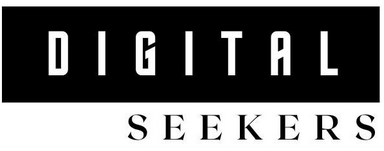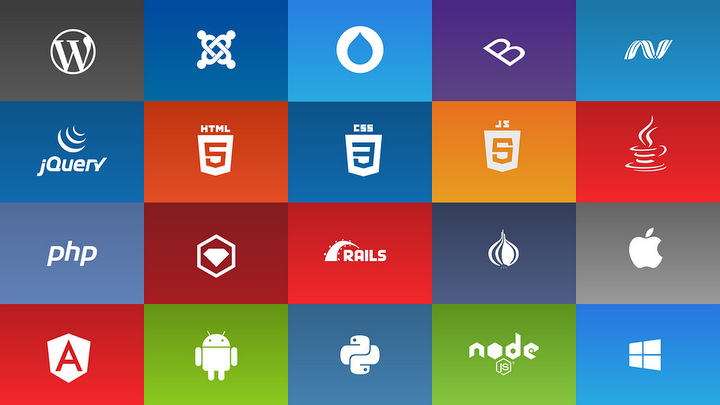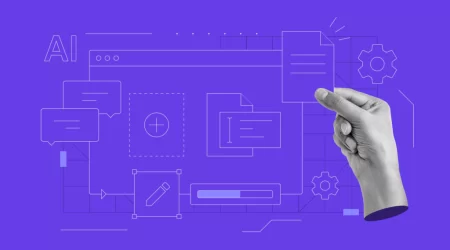Introduction
Web app development has evolved significantly over the years, and 2023 brings forth an array of backend technologies that play a pivotal role in creating secure, scalable, and high-performance web applications. In this article, we will delve into the core backend technologies used in web app development in 2023, while also addressing the crucial aspect of web app security.
Backend Technologies in Web App Development
- Server-side scripting languages:
- Node.js: Node.js continues to gain prominence for its ability to build fast and scalable network applications. It uses JavaScript, making it a popular choice for full-stack development. Node.js is known for its event-driven, non-blocking architecture, which enhances the performance of web applications.
- Python: Python remains a versatile choice with a robust ecosystem of libraries and frameworks like Django and Flask. Its simplicity and readability make it a favorite for developers.
- Ruby: Ruby on Rails is a web application framework that offers elegant solutions for rapid development. It emphasizes convention over configuration, making it easy to follow best practices.
- Java: Java is a time-tested language that provides stability and performance. Java-based frameworks like Spring Boot simplify web app development.
- Databases:
- SQL Databases: Relational databases like MySQL, PostgreSQL, and Microsoft SQL Server are suitable for applications requiring structured data and complex queries. They ensure data integrity and ACID compliance.
- NoSQL Databases: NoSQL databases such as MongoDB, Cassandra, and Redis excel in handling unstructured or semi-structured data, making them ideal for applications with high data volume and scalability requirements.
- APIs (Application Programming Interfaces):
- RESTful APIs: Representational State Transfer (REST) is a widely adopted architectural style for designing networked applications. It uses HTTP methods to perform CRUD (Create, Read, Update, Delete) operations on resources, making it a straightforward choice for web app development.
- GraphQL: GraphQL offers more flexibility and efficiency by allowing clients to request exactly the data they need. It reduces over-fetching and under-fetching of data, improving the overall performance of web applications.
- Frameworks:
- Express.js: A popular Node.js framework, Express.js simplifies the creation of web APIs and web applications. It provides middleware for handling tasks like routing and authentication.
- Ruby on Rails: Ruby on Rails follows the convention over configuration (CoC) and don’t repeat yourself (DRY) principles, enabling developers to build feature-rich applications with less code.
- Spring Boot: Spring Boot is a Java framework that streamlines the development of production-ready applications with minimal configuration.
- Django: Django is a Python framework that encourages rapid development by providing a high-level, built-in admin interface and excellent security features.
- Serverless Computing:
- AWS Lambda, Azure Functions, Google Cloud Functions: Serverless computing allows developers to focus on writing code without managing infrastructure. Functions are executed in response to events, which is beneficial for microservices architecture and cost optimization.
- Containerization and Orchestration:
- Docker: Docker containers package applications and their dependencies, ensuring consistent behavior across different environments.
- Kubernetes: Kubernetes orchestrates containerized applications, providing automated scaling and management capabilities, which is crucial for web app scalability.
Development Tools
In the dynamic realm of web app development, staying ahead of the curve and ensuring the delivery of top-notch applications requires not only coding prowess but also a robust arsenal of development tools. From Integrated Development Environments (IDEs) to version control systems like Git and the seamless automation of Continuous Integration and Continuous Deployment (CI/CD) pipelines, these tools are the unsung heroes that facilitate the creation of exceptional web applications. In this article, we will explore the pivotal role of these tools in the world of web app development.
Web App Security in 2023
While developing web applications, security remains a paramount concern. In 2023, web app security encompasses various aspects to protect against threats and vulnerabilities:
- HTTPS Encryption: The use of HTTPS (Hypertext Transfer Protocol Secure) ensures data transmission between the client and server is encrypted, preventing eavesdropping and data tampering. SSL/TLS certificates play a vital role in implementing HTTPS.
- Authentication and Authorization: Make sure to use a secure web development service implementing robust authentication mechanisms, such as multi-factor authentication (MFA), OAuth, and OpenID Connect, ensures that only authorized users can access sensitive data and perform actions.
- Input Validation and Sanitization:Proper input validation and data sanitization prevent common attacks like SQL injection and Cross-Site Scripting (XSS). Web frameworks often offer built-in tools for input validation.
- Web Application Firewalls (WAFs): WAFs filter and monitor HTTP requests, identifying and blocking suspicious traffic. They provide an additional layer of defense against various attacks, including DDoS (Distributed Denial of Service).
- API Security:API security is crucial, considering the growing reliance on APIs. Proper authentication, access control, and rate limiting are essential for safeguarding APIs.
- Security Headers:HTTP security headers like Content Security Policy (CSP), Cross-Origin Resource Sharing (CORS), and X-Content-Type-Options help mitigate security risks by controlling browser behavior.
- Vulnerability Scanning and Penetration Testing: Regular vulnerability scanning and penetration testing help identify and address vulnerabilities before malicious actors can exploit them.
- Security Patch Management: Timely application of security patches and updates is vital to address known vulnerabilities in the software stack.
- Data Encryption: Encrypting sensitive data at rest (using techniques like Transparent Data Encryption) ensures that even if a database breach occurs, the data remains unreadable.
- Monitoring and Incident Response: Implementing comprehensive monitoring tools and an incident response plan enables quick detection and mitigation of security breaches.
- Compliance with Regulations: Adhering to industry-specific regulations (e.g., GDPR, HIPAA) is essential to avoid legal and financial consequences related to data privacy and security.
- Secure Development Practices: Incorporating security into the development process from the outset, through practices like threat modeling and secure coding, reduces the likelihood of vulnerabilities.
Conclusion
In 2023, web app development is empowered by a diverse set of backend technologies that cater to various use cases and preferences of developers. From the choice of programming languages to databases, frameworks, and cloud-based solutions, developers have a wealth of options to create robust web applications.











Leave a Reply